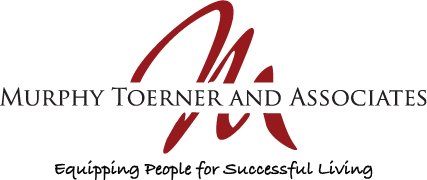1. The
concept of coaching has been around for thousands of years. It is a positive and powerful
relationship between a wise, experienced, positive, motivational, and
knowledgeable person who is easy to connect with and trust. This person is the coach.
The coach is
engaged by one who understands and believes that he/she could be and do more in
various roles and responsibilities in his/her life: spouse, parent, friend,
employee, employer, and/or athlete.
Coaching is a
forward thinking approach to change and enhanced success.
2. When
a person takes the time to seek out and contract with a personal coach, they
probably have navigated through the first two stages of change,
pre-contemplation and contemplation, and are either approaching the action
stage or fully present in the action stage. The one being coached is emotionally, motivationally, intellectually,
spiritually, and psychologically READY to do what’s necessary for specific and
successful change that is long-lasting.
3.
Personal coaching is not simply behavior
management; no sticks and carrots are used to mindlessly alter behavior via
rewards and punishments.
a. Coaching is based on a positive, healthy, and
ethical relationship between the coach and the coachee. It is a relationship of trust,
teachability, openness and mutual respect.
b. The coaching relationship is a professional and
contractual relationship. Specific
items are agreed upon before the coaching takes place, including:
i. Time,
frequency, and type of meeting (phone or face-to-face
ii. Fees
for coaching are set: price per session or price per month, how fees are to be
paid
iii. Length
of coaching relationship (3, 6, 9, or 12 months)
iv. The
coaches interactions and conduct are based on an accepted set of professional
ethics
c.
A coach meets the coachee where he/she is.
d.
A coach skillfully approaches the coachee and
facilitates the coachee’s journey through a specific coaching theory. One clear-cut and simple to remember
model is by Dr. Jeffery Auerbach, entitled the G. O. O. D. approach:
i. G – Set goals
ii. O – Brainstorm about various options
iii. O – Be mindful of evident and hidden obstacles,
which need to be addressed in order to achieve success.
iv. D – The coach and coachee decide what
the coachee is to “do” that week
e.
A skillful coach using the art of questioning
and the G. O. O. D. model can help a
coachee discover whether there is hierarchy of goals or a specific order of
goals.
For example, a coachee may believe he/she is ready to
start a new business in a new city.
However, through dialogue, self-examination, and reasoning, the coach
and the coachee realize that the coachee has not fully grieved leaving a
20+-year business in another region of the country. They both agree that before building a new business, the
coachee must thoroughly process all the changes, which have recently taken
place. Once the grieving process
has been addressed, THEN, the coachee will be ready with the proper energy and
motivation to begin building a new business.
4. Personal
coaching is highly successful because the coachee conceptualizes what his/her
goals are and what the best options are to achieve success. Since the coachee is the driving force
in setting their goals, an automatic “buy-in” is created for the coachee. Their “buy-in” is a key to motivation
and endurance. The coach is a
facilitator, reflector, and illuminator.
The coachee’s values and strengths are highlighted and fully engaged in
the entire process. As specific,
personal weaknesses or roadblocks are discovered, they are viewed as opportunities
for growth rather than insurmountable obstacles.
5. On
a personal level, having been coached both personally and professionally; I can
attest that every time I have utilized coaching I have had both positive and
productive results. EVERY
TIME! In a one-time 10-20 minute
coaching exercise, one can experience a deeply positive and productive out
come.
.jpg)


No comments:
Post a Comment